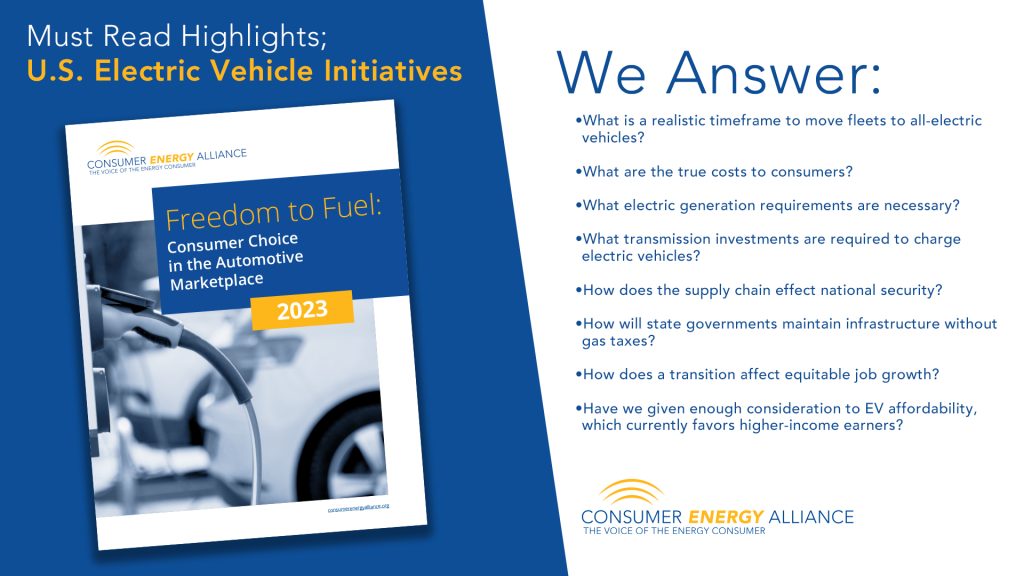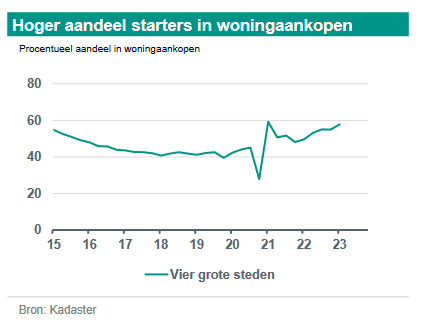The Auto Industry's Ongoing Battle Against Electric Vehicle Regulations

Table of Contents
The Economic Hurdles of EV Transition
The shift to electric vehicles presents immense economic challenges for traditional automakers. The initial investment required is staggering. Building the infrastructure needed to support EVs—from battery production facilities to extensive nationwide charging networks—demands billions in upfront capital. This represents a significant risk, particularly for companies already operating on tight margins.
Furthermore, the transition threatens existing manufacturing jobs and supply chains. The shift away from internal combustion engines (ICE) means a reduction in demand for parts and expertise related to gasoline-powered vehicles. This potential job displacement raises concerns about economic stability in regions heavily reliant on the traditional auto industry. Finally, established automakers face intense competition from pioneering EV companies like Tesla, who have a significant head start in technology, branding, and consumer trust.
- High R&D costs: Developing cutting-edge battery technology and efficient electric powertrains demands considerable investment in research and development.
- Charging infrastructure investment: A robust and reliable charging network is crucial for mass EV adoption, requiring substantial investments in both public and private charging stations.
- Potential job losses: The decline in ICE vehicle production could lead to significant job losses in traditional automotive manufacturing and related industries.
- Profitability pressure: Automakers face the immense pressure of maintaining profitability while undertaking expensive and uncertain transitions to EV manufacturing.
Technological Challenges and Consumer Adoption
Beyond the economic concerns, significant technological hurdles remain. One of the primary obstacles is range anxiety, the fear of running out of battery power before reaching a charging station. Current EV technology often falls short of the range offered by gasoline-powered vehicles, particularly for long-distance travel. Coupled with this is the issue of charging times; even with fast-charging technology, refilling an EV battery takes considerably longer than filling a fuel tank.
The development and deployment of necessary charging infrastructure also lags behind the rate of EV adoption. While charging stations are increasingly common in urban areas, access remains limited in rural communities, further hindering widespread adoption. Finally, consumer perceptions about the cost, practicality, and long-term reliability of EVs pose significant barriers. Many potential buyers are hesitant due to the higher upfront cost of EVs compared to gasoline-powered alternatives.
- Range anxiety: The limited range of many current EVs remains a major concern for potential buyers.
- Lack of charging infrastructure: Insufficient charging stations, especially in rural areas, inhibit wider EV adoption.
- Higher upfront costs: The initial purchase price of EVs is generally higher than comparable gasoline-powered vehicles.
- Battery longevity concerns: Questions about the lifespan and eventual replacement cost of EV batteries remain a concern for many consumers.
The Regulatory Landscape and its Impact
Government regulations play a crucial role in shaping the auto industry's response to the EV transition. Many countries have introduced legislation aimed at accelerating EV adoption, including emission standards, production mandates, and various tax incentives. However, the stringency of these regulations varies significantly across different regions, creating a complex and fragmented regulatory landscape.
The EU, for example, has implemented strict emission standards and targets for EV sales, while the US approach has been more market-based, relying heavily on tax credits and incentives. China, meanwhile, is pursuing a strategic approach, supporting domestic EV manufacturers while also implementing stringent emission regulations. These differences influence automakers' investment decisions and product development strategies, forcing companies to tailor their approaches to each specific market.
- EV mandates and emission standards: Analysis of regulations in major markets like the EU, US, and China reveals differing approaches to promoting EV adoption.
- Government incentives: Tax credits, subsidies, and other incentives vary widely in their effectiveness and impact on consumer behavior.
- Impact on production: Regulations directly influence production timelines, vehicle design, and the overall pace of the industry's transition to EVs.
- Industry lobbying: Automakers actively engage in lobbying efforts to shape EV regulations to their advantage.
The Future of the Auto Industry and Electric Vehicle Regulations
The future of the automotive industry hinges on how effectively it navigates the challenges posed by electric vehicle regulations. Several scenarios are possible. We could see a rapid shift towards EV dominance, fueled by technological breakthroughs in battery technology and charging infrastructure. Alternatively, a slower, more gradual transition is possible, with a continued role for hybrid and gasoline-powered vehicles.
Increased collaboration between automakers and technology companies is crucial. This synergy will accelerate innovation in areas like battery technology, autonomous driving, and smart charging solutions. The successful navigation of this transition requires a strategic approach, balancing economic viability with environmental responsibility.
- EV market share predictions: Forecasting the market share of EVs in the coming decade requires consideration of technological advancements and regulatory pressures.
- Battery technology breakthroughs: Improvements in battery energy density, charging speed, and cost are crucial for accelerating EV adoption.
- Autonomous driving impact: The integration of autonomous driving technology could significantly impact EV adoption and consumer behavior.
- Future regulatory trends: Analyzing future regulatory trends allows for better strategic planning and adaptation by automakers.
Conclusion: Overcoming the Challenges of Electric Vehicle Regulations
The auto industry faces significant hurdles in adapting to stricter electric vehicle regulations. The economic costs, technological limitations, and the complex regulatory landscape present a formidable challenge. However, by fostering collaboration, embracing innovation, and implementing strategic planning, the industry can successfully navigate this transition. The future of transportation is electric, and understanding the implications of electric vehicle regulations is crucial for shaping a sustainable and economically viable future for the automotive sector. We urge readers to stay informed and engaged in this critical discussion, considering the wide-reaching implications of these regulations on the environment, the economy, and our daily lives.

Featured Posts
-
 Wordle 1389 Hints Answer And Help For April 8th Nyt
May 22, 2025
Wordle 1389 Hints Answer And Help For April 8th Nyt
May 22, 2025 -
 Provence Self Guided Walking Tour From Mountains To The Sea
May 22, 2025
Provence Self Guided Walking Tour From Mountains To The Sea
May 22, 2025 -
 Half Dome Wins Abn Group Victoria Pitch A New Partnership
May 22, 2025
Half Dome Wins Abn Group Victoria Pitch A New Partnership
May 22, 2025 -
 Abn Amro Huizenprijzen En Rente De Laatste Voorspellingen
May 22, 2025
Abn Amro Huizenprijzen En Rente De Laatste Voorspellingen
May 22, 2025 -
 March 26 Wordle Answer Todays Nyt Wordle Word
May 22, 2025
March 26 Wordle Answer Todays Nyt Wordle Word
May 22, 2025
Latest Posts
-
 Aaron Rodgers Visits Steelers Training Facility What Does It Mean
May 22, 2025
Aaron Rodgers Visits Steelers Training Facility What Does It Mean
May 22, 2025 -
 Analyzing A Potential Steelers Trade An Nfc Quarterbacks Impact
May 22, 2025
Analyzing A Potential Steelers Trade An Nfc Quarterbacks Impact
May 22, 2025 -
 Pittsburgh Steelers Exploring A Controversial Nfc Qb Trade
May 22, 2025
Pittsburgh Steelers Exploring A Controversial Nfc Qb Trade
May 22, 2025 -
 Should The Steelers Trade For An Nfc Quarterback A Bold Prediction
May 22, 2025
Should The Steelers Trade For An Nfc Quarterback A Bold Prediction
May 22, 2025 -
 Steelers Trade Proposal A Shocking Nfc Quarterback Acquisition
May 22, 2025
Steelers Trade Proposal A Shocking Nfc Quarterback Acquisition
May 22, 2025
